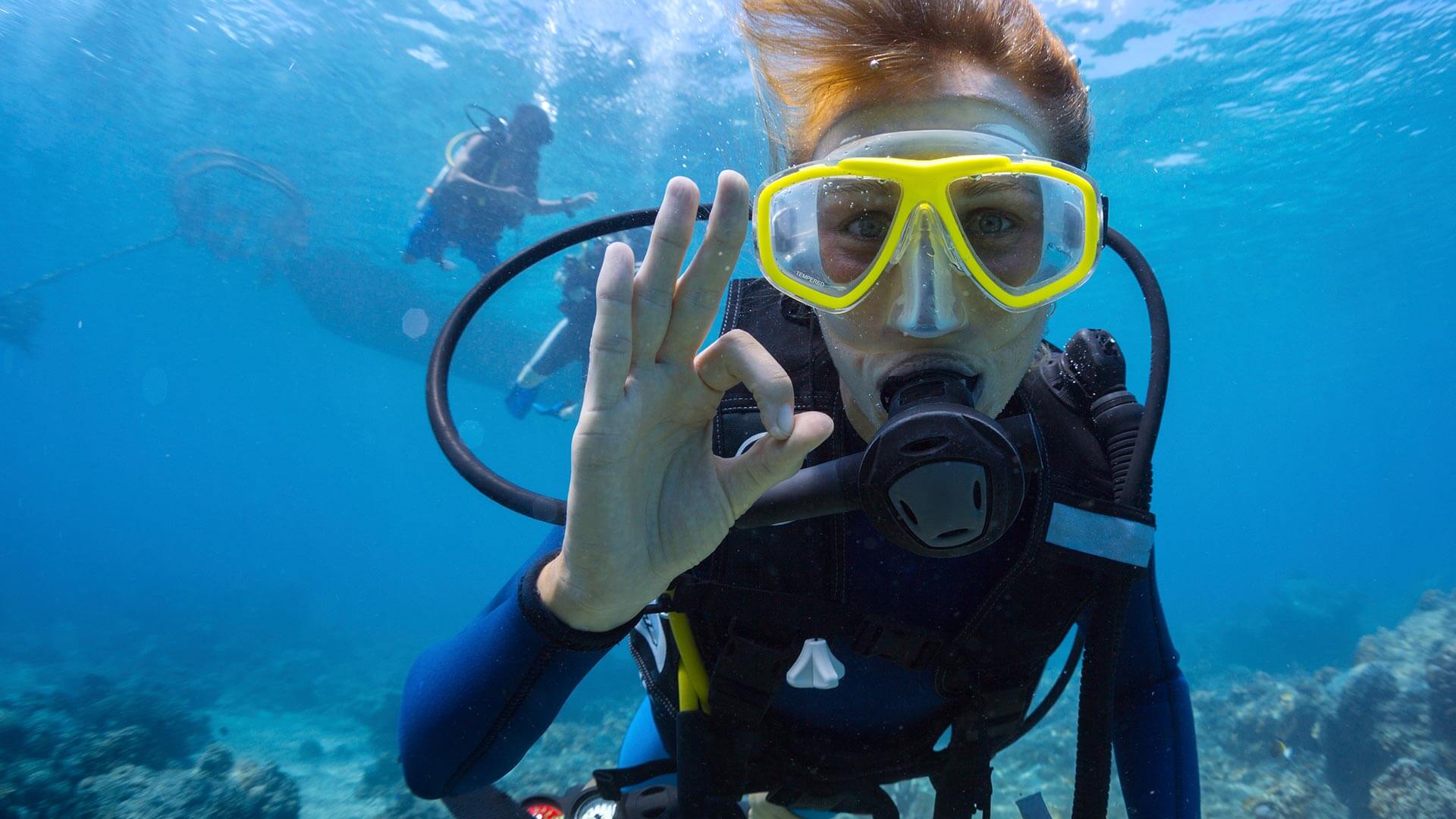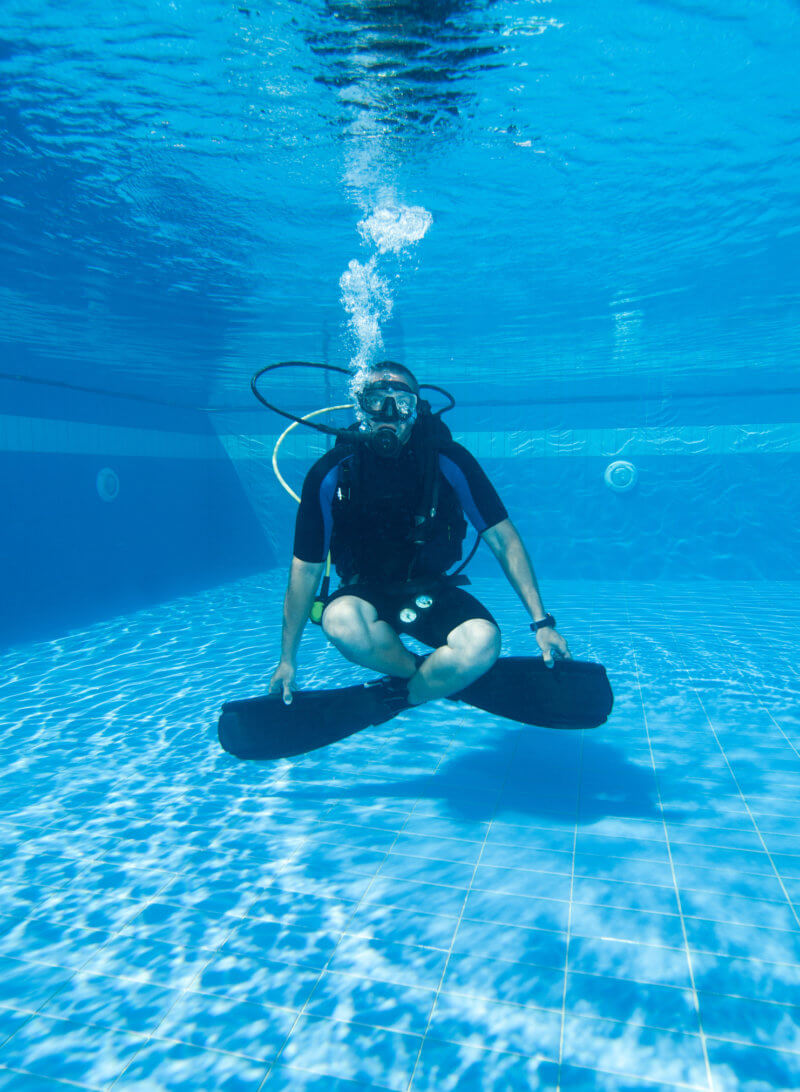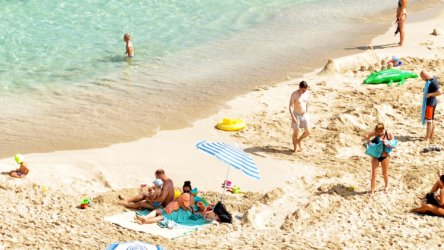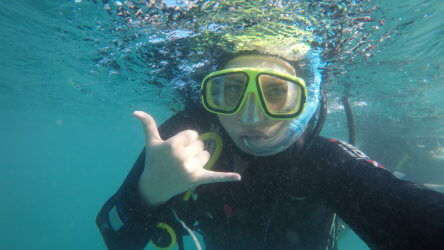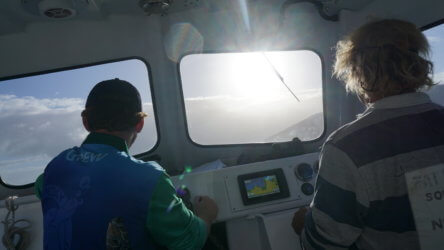Would you like to improve the way you move?
Flying in a plane gives you a great view of whatever is happening below you, but you are not able to stop and hover over something of interest to you, in a helicopter you have a birds eye view and the ability to stop and hover over special interests.
Diving can present the same view as flying at times. With above average buoyancy control you are able to stop over the top of something you want to watch, with less than average buoyancy control you crash into what you want to watch. The freedom good buoyancy control gives you increases your enjoyment and also helps to reduce how much air you use during a dive, because of body position and efficient use of your equipment.
Those people who want to use an Underwater Digital Camera or Underwater Video Camera during a dive really should consider Peak Performance Buoyancy to be part of purchasing the camera unit itself. Buoyancy control is important on all scuba dives and in all environments but especially if Underwater Camera Equipment is to be used effectively and safely.
PADI Peak Performance Buoyancy Specialty Course goals
*Review Peak Performance Buoyancy fundamentals including buoyancy check, fine-tuning buoyancy underwater, weight position and distribution, streamlining, visualisation
*Polish buoyancy control beyond the Open water diver level
*Review weight configuration depending on the dive objective
What’s included in the PADI Peak Performance Buoyancy Specialty Course?
PADI Peak Performance Buoyancy Specialty Manual
PADI Peak Performance Buoyancy Specialty Chevron (badge)
PADI Peak Performance Buoyancy Specialty Diver Certification Card
PADI Peak Performance Buoyancy Specialty Certificate of Recognition
One day on a boat to complete the two (2) dives
Classroom time to check the knowledge review in your manual and watch the PADI Peak Performance Buoyancy DVD
A pool session to practice buoyancy techniques, also to fine tune your personal buoyancy, in some cases reduce the amount of lead you are wearing on your weight belt.
Who can become a PADI Peak Performance Buoyancy Specialty Diver?
Junior Open water Diver – 10 to 11 years old – Adult/Instructor maximum depth 12m
Junior Open water Diver – 12 to 14 years old – Certified Adult maximum depth 18m
Open water Diver – 15 years up – Maximum depth 18m
What you need
Mask, Fins and Snorkel
Exposure Suit and Accessories (hood)
Weight System (weight belt/integrated weight with quick release)
Tanks (2 dives)
Regulator with SPG (submersible pressure gauge)
Alternate Air Source
BCD with low pressure inflator
Instrumentation with a means to monitor depth, time and direction
Recreational Dive Planner (RDP) or eRDPML
Diving Tool/Knife capable of cutting line
Slate and pencil
Whistle and surface signaling device
Dive Bag
Log Book
Spare Parts Kit for your personal equipment
On a tight budget or schedule?
Complete your PADI Peak Performance Buoyancy Specialty Course on a dive by dive schedule, you could complete one dive a week for two weeks, or one dive a month for two months depending on your budget/schedule. For details on this option please speak to the Whitsunday Diving Academy team.
Questions and Schedule
For the classroom and pool you will need to bring your completed PADI Peak Performance Buoyancy Specialty Manual and knowledge review, swimmers, towel and dive equipment.
For the boat trip you will need lunch, water bottle, swimmers, towel, hat, sun block and dive equipment.
Any questions about the PADI Peak Performance Buoyancy Specialty Course or the schedule, please speak to the Whitsunday Diving Academy Team.
